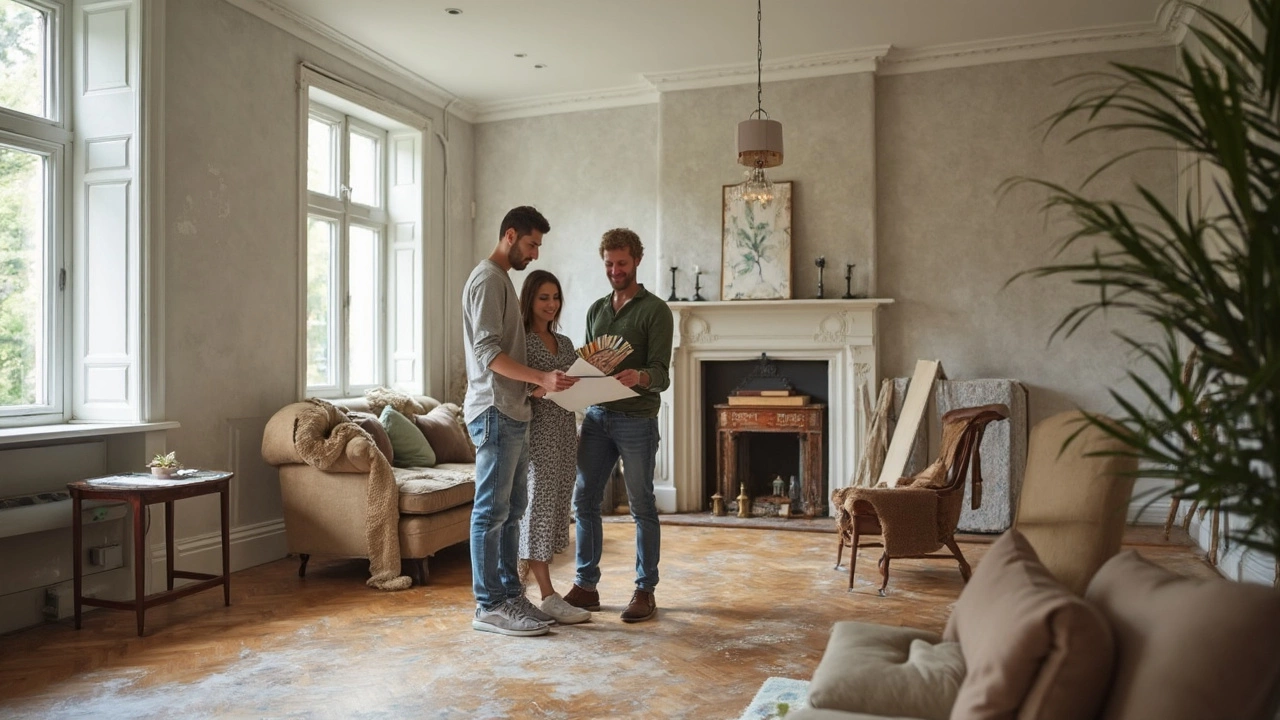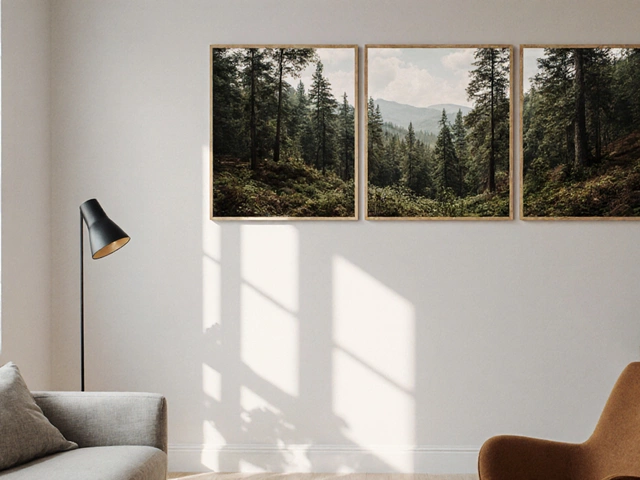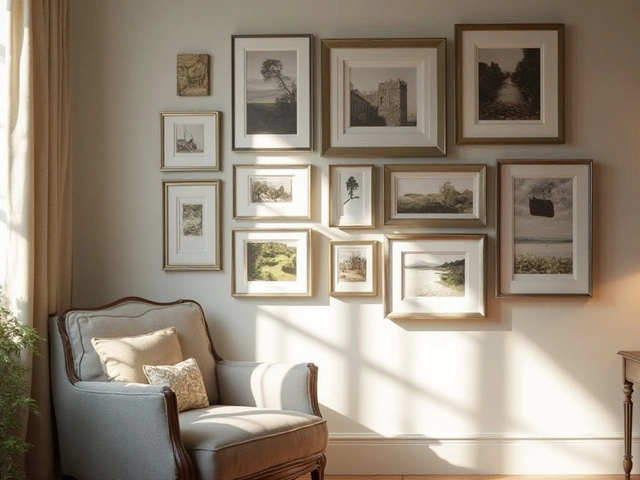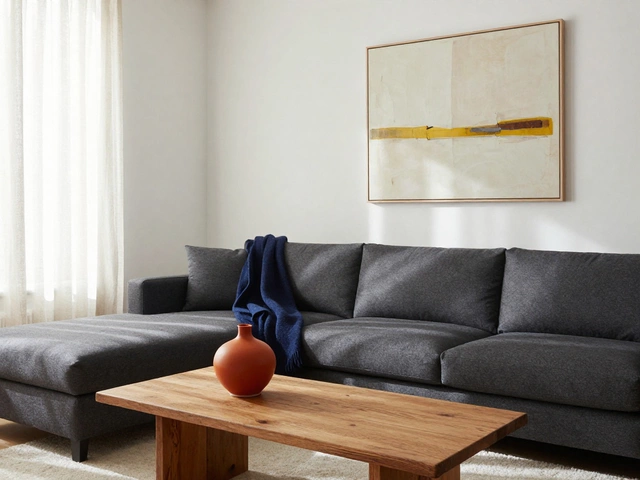Decorating Process: A Simple Step‑by‑Step Guide
If you’ve ever felt stuck staring at an empty room, you’re not alone. A clear decorating process takes the guesswork out of the job and keeps you from overspending. Below you’ll find the exact steps we use on real projects, so you can turn any space into a place you love.
Step 1: Plan Your Space
Start with a quick sketch or a free app that lets you draw walls and furniture. Measure the room, note window locations, and think about traffic flow. Jot down how you’ll use the room – a TV zone, a reading nook, or a place to work. Having a plan on paper saves you from buying the wrong sofa or hanging a rug in the wrong spot.
Step 2: Choose Colours and Materials
Pick a base colour first. Light neutrals make small rooms feel bigger; darker shades add drama in larger spaces. Add one or two accent colours for pillows, art, or an accent wall. When you decide on materials – wood, metal, fabric – keep durability in mind. A washable cotton sofa works better in a family room than a delicate silk chair.
Next, create a mood board. Pull images from magazines, Pinterest, or Instagram and line them up. If you see a pattern emerging (like warm wood tones or matte black metal), you’ve found a direction that will tie everything together.
Budget comes after the look. Write down the cost of each major item – flooring, paint, furniture, lighting. Add a 10% buffer for surprise expenses. Stick to the list and avoid impulse buys that don’t fit the mood board.
With the plan and budget set, start ordering. Order big items first (sofa, rug, flooring) because they take the longest to arrive. Keep delivery dates in a calendar so you know when the room will actually be ready to dress.
When the big pieces arrive, place them according to your original sketch. Walk around and see if the flow feels right. If something feels cramped, move it a few inches – small tweaks make a big difference.
Now add the layers: curtains, cushions, rugs, and wall art. Start with the largest layer (curtains or rug) and work down to the smallest (vases, books). This order helps you see the overall balance and prevents overcrowding.
Lighting is the final polish. Mix ambient (ceiling lights), task (reading lamps), and accent (LED strips or picture lights). Dim switches give you control over the mood without changing the décor.
Do a quick walkthrough once everything is in place. Check that switches are reachable, cords aren’t in the way, and the room feels comfortable for its purpose. Adjust anything that feels off – maybe a lamp is too bright or a pillow needs a different colour.
Finally, create a short checklist so you can replicate the process on future rooms: measure, sketch, mood board, budget, order, place big items, layer accessories, set lighting, review. Keep this list on your phone and you’ll never feel lost again.
That’s the whole decorating process in plain English. Follow these steps, stay organized, and you’ll see results fast. Happy decorating!






